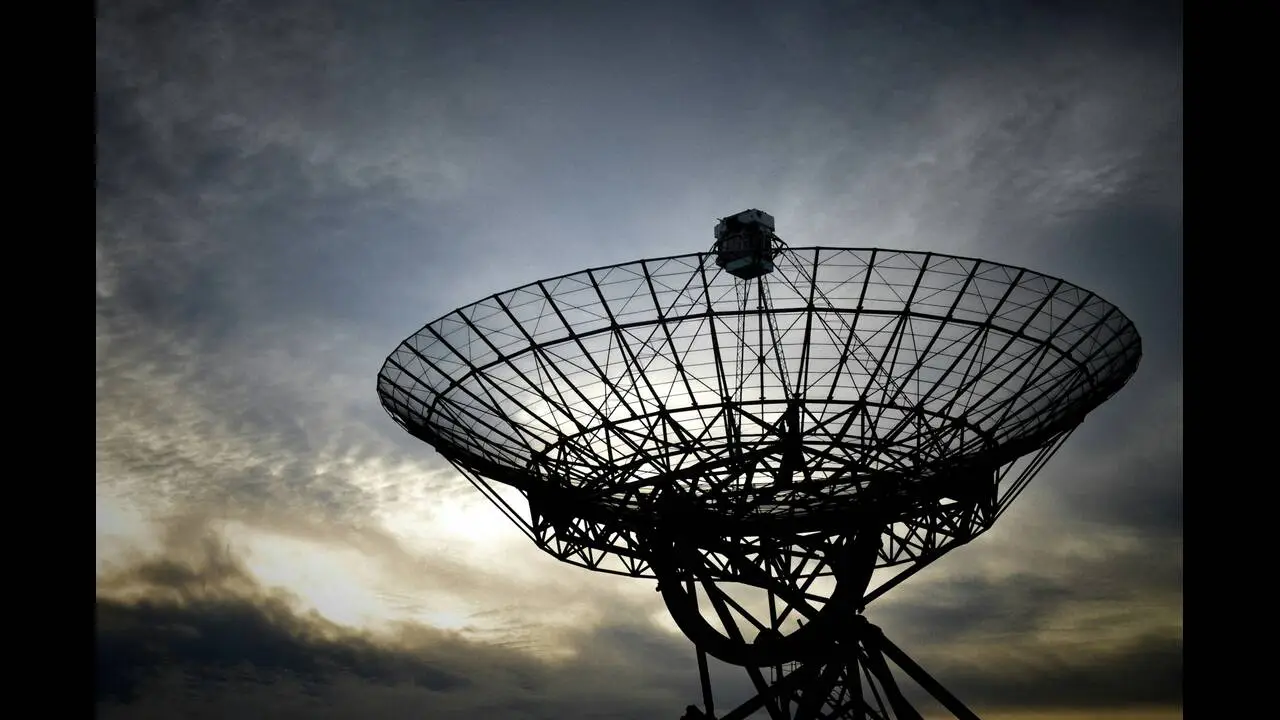A team of Indian astronomers has announced the discovery of 34 new giant radio sources (GRSs). The size of the giant radio sources makes it difficult for us to detect them. For comparison, the Milky Way galaxy is 1,00,000 light years wide, whereas the Giant Radio Sources (GRSs) can stretch up to millions of light years.
These structures are likely the largest single structures in the universe. They consist of supermassive black holes that have a mass of ten million to a billion times more than the Sun.
This discovery was made by the astronomers at the Giant Metrewave Radio Telescope (GMRT), located near Khodad village, about 90 km north of Pune in India.
Read: India’s ‘GROWTH-India’ Telescope captures an asteroid moving past Earth
The GMRT scanned the radio sky at 150 Hz from 2010 to 2012, covering up to 90% of the sky. The survey data from the TIFR GMRT Sky Survey (TGSS) helped these astronomers find the giant radio sources (GRSs).
The discovery was made by a team consisting of two PhD students: Netai Bhukta from SKBU, India, and Souvik Manik from MCC, India; astronomers Sabyasachi Pal from MCC, India; and Sushanta K.
Mondal is from SKBU, India. Their study harnessed TGSS data with low frequencies and the sensitivity of GMRT, thereby making it feasible to identify 34 GRSs.
The Giant Radio Sources (GRSs) are considered to be the last stage in the evolution of radio galaxies. The 34 Giant Radio Sources detected by the GMRT are one of the most important discoveries for the Indian astronomical community. Some of these sources are the most distant ever discovered, questioning the nature of their massive growth and two of these GRSs defy previous understandings about their surroundings.

